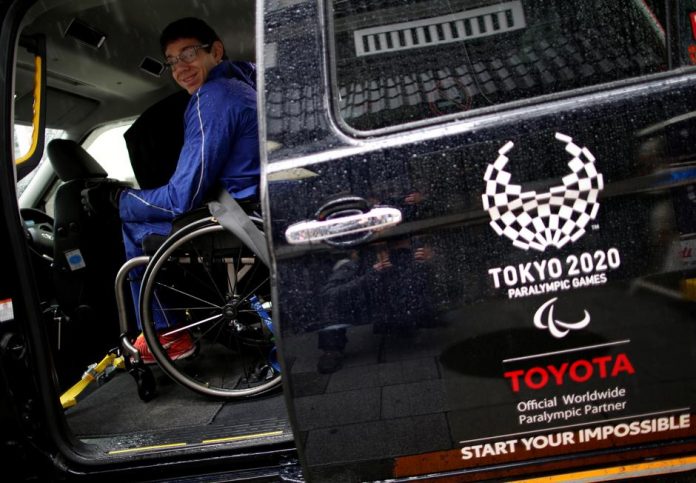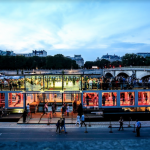Toyota’s Japan Taxi was launched in 2017, and was created by a government project meant to put a taxi on Japan’s roads that could be an all-things-to-all-people cab. That is why it comes with a wheelchair ramp, heated seats, smartphone chargers, different anti-collision sensors and even anti-bacterial air conditioning. Moreover, it can accommodate luggage-laden travelers and foreign visitors of all sizes.
Due to its capabilities, it has become a high-priced icon of Tokyo’s budget-busting 2020 Olympic and Paralympic Games. But this liquefied petroleum gas-hybrid taxi doesn’t come cheap, at 3.5 million yen ($32,161), which is almost a third more than the Crown model it replaces. Hiroshi Kayukawa, the chief engineer who oversaw Japan Taxi’s development, stated: “We wanted to build something that tried to please as many people as possible.”
However, drivers complain that the car’s wheelchair ramp is awkward and takes too long to deploy, while operators worry about costs after transport ministry subsidies expire. Even though the taxi was not built with the 2020 Olympic Games in mind, Toyota is rolling it off the line with Olympics and Paralympic logos plastered on each side hoping that it will help it replace a third of Tokyo’s 30,000 taxis before the Games.
The Olympic Games are scheduled to start in July 2020, and are expected to cost more than twice the initial estimate of 734 billion yen ($6.67 billion). Kayukawa added: “We thought the Olympics would be a good way to increase the appeal of the car. We want to get it adopted as quickly as possible.”
A rush of pre-Olympic orders for the cab are in place, and only 1,000 Japan Taxis are built each month, far below the number Toyota would normally consider viable, and a small fraction of the 28,000 cars the company produces every day globally. However, a representative stated that the company’s rationale for the project was not profit, but “to contribute to the creation of a rich society by supporting the movement of many people with taxis.”
Moreover, the Ministry of Transport, Land and Infrastructure says there is more work to be done on the universal taxi project, such as including a more spacious trunk, a bigger fuel tank, and passenger windows that open.
Source: reuters.com










